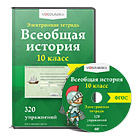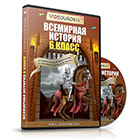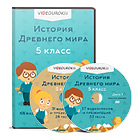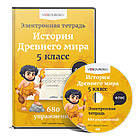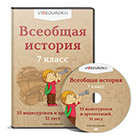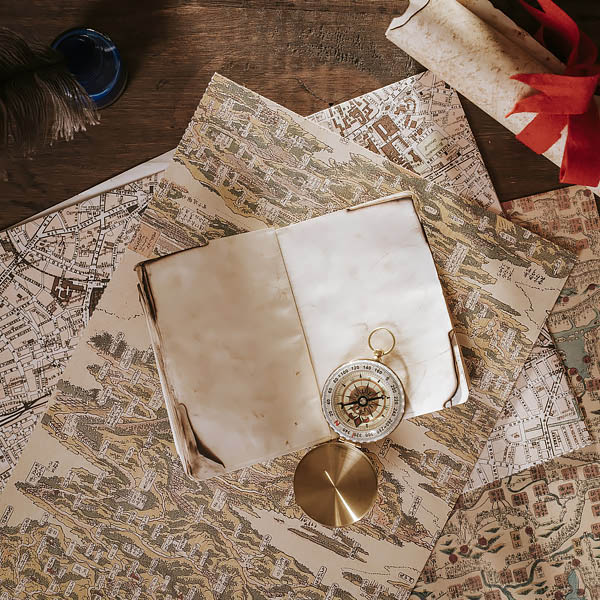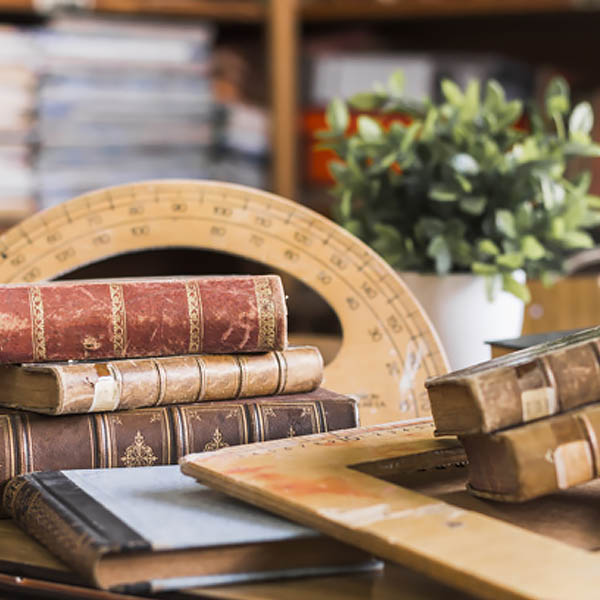“ The role of the historical sources in teaching the Garabagh truth”
It is true that the history of a country and a people, the country and he can tell you about the people, the country and its inhabitants in each of the historian can say about the same thing. Azerbaijan, which has vast territory and a rich history, has a special place due to its geographical and strategic importance.
They are said the mind and the knowledge are as the right and left hand. They can be combined to achieve the goal quickly. Explore the history of the country and its relations with neighbouring countries on the basis of extensive source is a time- tasted method.
One of the requirements of the modern era history lesson is to achieve its efficiency. To achieve training efficiency teachers need to know the details of this process, the relationship between its constituent components and should take into account the daily work.
Mirror the existing achievements in the development of the history of humanity is always the people on the basis of changes in the thinking of the past practice test helps to filter: The medieval period which played a major role in the history of Azerbaijan is special importance. In this regard, XVIII – XIX century Azerbaijan history plays a significant role, in the study of historical sources and scientific monographs.
Development and progress of education, global task assigned to it in order depends on how to establish the national education, how benefit universal values, the experience of the world.
At the beginning of the nineteenth century Armenians began to settle in our historical places. It’s that time of the territory of the Russian – Iranian war was the result of a split in half. Purity of heart, the heart openness, fust wished neighbours prosperty life. We, Azerbaijancans history, is rich in difficult days. The ninth year of the date of the “ Karabakh khanate”, X class “ mass resetlement of Armenians in the North”, XI classes “ Garabagh war while teaching threads dedicated to the heroism show “ Khodjaly compatriots fought against the Armenian fascists talking about. So I am telling the students to gather information about the enemy fought task for their homework. I know from my experience that students on the subject, it is very effective in giving their accumulated memories. I involve the students themselves to collect memories about their grandfathers, fathers and brothers in the work. This has a positive effect on the one hand to take a combination of training and education, on the other hand the students love for their native land the layer is increased.
Such an approach “ Garabaghnamas” using the annals pupils are more fully convey Garabagh realities possible.
One of the historical sources is Mirza Adygozal’s “ Garabaghname” work. The author was born in Shusha at the end of 80’s of the eighteenth century. It should be noted that, along with mother tongue Mirza Adigozal perfectly has managed Arabic, Persian, Russian and Ottaman languages. In 1801, after joining the state of Georgia to Russia had been received as an interpreter service of the confidential letters in the Russian state office. “ Gulustani – Iram” of A. A. Bakikhanov and written in the author’s own work, one of the most interesting information on the restoration of the mausoleum of Nizami Ganjavi by Mirza Adigozal issue. The work was written in 1845. The book is about as the political history of Garabagh from 1736 to 1828. The work is consist of an introduction, 12 chapters and the inevitable end.
However, unlike A. A. Bakikhanov, the work was written in native language, the work of the man who wrote was another calligrapher. It should be noted that the work has been translated into Armenians Adigozal Mirza died in 1848 and was buried in the Rahimli grave near Goranboy. ( Sourse. Eng. Reports of the Academy of Sciences of USSR, № 5, 1948). ( “ Garabaghnama” the first book. 1991. Baku pages 5-102).
Another recourse is the work “ Historical Gross” of Mirza Yusif Garabagi. “Mirza Yusif Garabagi annalist in the nineteenth century (1798 – 1864) to study the pages of history from the perspective of one of the sources of the “ History Safi” was written in Farsi. Mirza Yusif of his work “ History Safi” writes about the reason referred to as….when I’m dealing with reading books. I learned them completely ….more definitions and false news, I decided to write on a clean and pure…..I saw falsification of truth. ( “ Garabaghnama” Baku 1991.p.6-8). An interesting aspect is that Mirza Yusif ( Nersesov) does not deny the fraud Armenian origin, Although he was a historically Armenian.
Another author, alter Mirza Adigozal, who wrote the work “ The book of Garabagh history” on the history of, Garabagh was M. M. Khazani. The author writes: “ This book with a foreword and twenty four chapters and a “xatima itmama” (it means was completed) were grown”. (“ Garabaghnama” II book.pages 97. Baku,1991).
The work is told the general condition during Safavies of Garabagh, the rules of that time, the centre of Ganca and Ziyadoghlu information about Garabagh province, not only Panahali khan and his generation, as well as the establishment of the offices of the Garabagh khanate, and Unovation of the city of Shusha, the composition of the Garabagh khanate “ Khamsa” is about feudal. In Particular, the lack of Armenian origin feudal, have been extensively described in the book. Governor of Georgia, Irakli II of chapter VII of the work in 1752 by Khan Panahali, Kazim khan of Garabagh khan, Heydarqulu khan of Nakhchivan khan, khan Shahverdi Ganca khan taking – Haji Chalabi to get rid of them ( “Gizilgaya betroya”), Urmia Fatali Khan Afshar in March and captured Garabagh hold master Ibrahim, Ibrahim Khan’s rise to power, the first march of Agha Mohammad Khan, General Zubov’s campaign and the khans of Russian policy in this direction, Gacar and Molla Panah Vagif’s death from the second story of the march, after the death of M. F. Gajar Shah came to power, relations between Ibrahim Khan, the events of 1800 – 1803, the Russian general Tsitsianov Ganja khanate, Javad khan, killing Kurakchay agreement, Ibrahim Khan and his family in 1806 treacherously killing, Mehdiqulu aga to announce khan and the years of his reign, as well as the 1813 Treaty of Gulustan, 1826 Second Russian – Iranian war, the occupation of Tabriz ( 13 October 1827), 1828 is, interesting information about the conclusion of the Treaty of Turkmanchay. Finally, in the years 1747 – 1828 construction projects and construction in Garabagh is a brief overview of the most famous cities. M. M. Khazani who loves his mother tongue deeply in the works written for children and this (was) work was published in 1884.
The fourth source is of more interest “ The author of “ Ahvalati – Garabagh” Baharli is the grandson of Mirza Vali, who was Ibrahim’s close aide. In the work it is researehed Garabagh’s monuments, historic personalities, traditions, features examples of, ethnographic investigation. The source itself, as it is written “ Islamiya 1306….work history and historical mahsiya in 1888” is written. The book provides about Garabagh is very muck rooted in history, the author of the article states that chapter XII, Shusha building for being here, those who manage khanate, the chief town of Garabagh, brave, witty people, the country’s economic situation, with neighbourhoods in the city of Shusha is told, Garabagh traditions , poems, white, lullabies – in Garabagh talks folklore.
One of the interesting aspects of the wore of architectural monuments of the city of Shusha – neighbourhoods, the information about the bath and caravanserais. As it turns out, the main district of the city was khan’s house in the neighbourhood. It is shown twenty districts of the upper and lower display the name of the neighbourhood. Shopping centre Shusha was not only political, economic, cultural centre, as well as became symbol of freedom and Independence. In addition, there were mosques, a lot of caravanserais, shops in the city. The work is informed about prominent scientists in the city of Shusha, skilled teachers. It is completely perfect and well – informed men who have been taught these individuals. In addition to the children, the mother tongue, Persian, Arabic, Russian freestyle read – write knew. Author in your native language and knowledge of foreign languages is very important highlights. ( Sourse “ Garabaghnamas” II book. Baku 1991.p.271-306).
They are delivered to students in the learning process issues such as learning the turtle about Garabagh Armenians understand the true intention of the research is conducted. In this way, the children are brought up history. Student knowledge acquisition process itself is the outcome of education and training courses are interesting and educational. Experience shows that even on the educational process more understandable and interesting for students in addition to the content of the lesson they learned in their native land, is proud of its past. The pupils in the spirit of love and devotion to home opportunities too.
The list of sources and literature used:
Source. Azerbaijan. Reports of the Academy of Sciences of the USSR, № 5, 1948
A. A. Bakikhanov. “ Gulistan -i Iram” Baku. 1991
“Garabagh”. I and II of the book.Baku. 1991
Y. Safarov “ Ancient Azerbaijan: Do you know what” Baku.1989
Seyyub Asadov the history teacher of the Azerbaijan Republic Shirvan city school № 11 named after T. Baghirov
[email protected]
[email protected]
Skayp: seyyub.asadov
Tel: +994 050 354 82-73; +994 055 345 93 09
2








